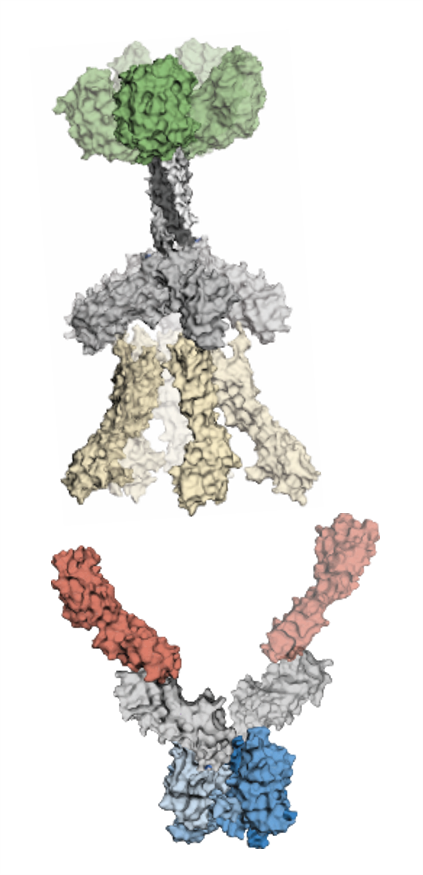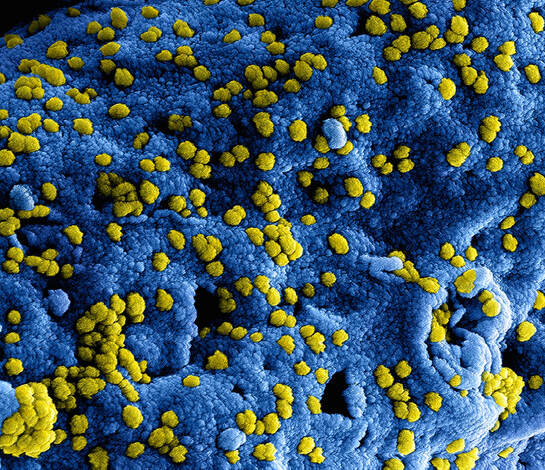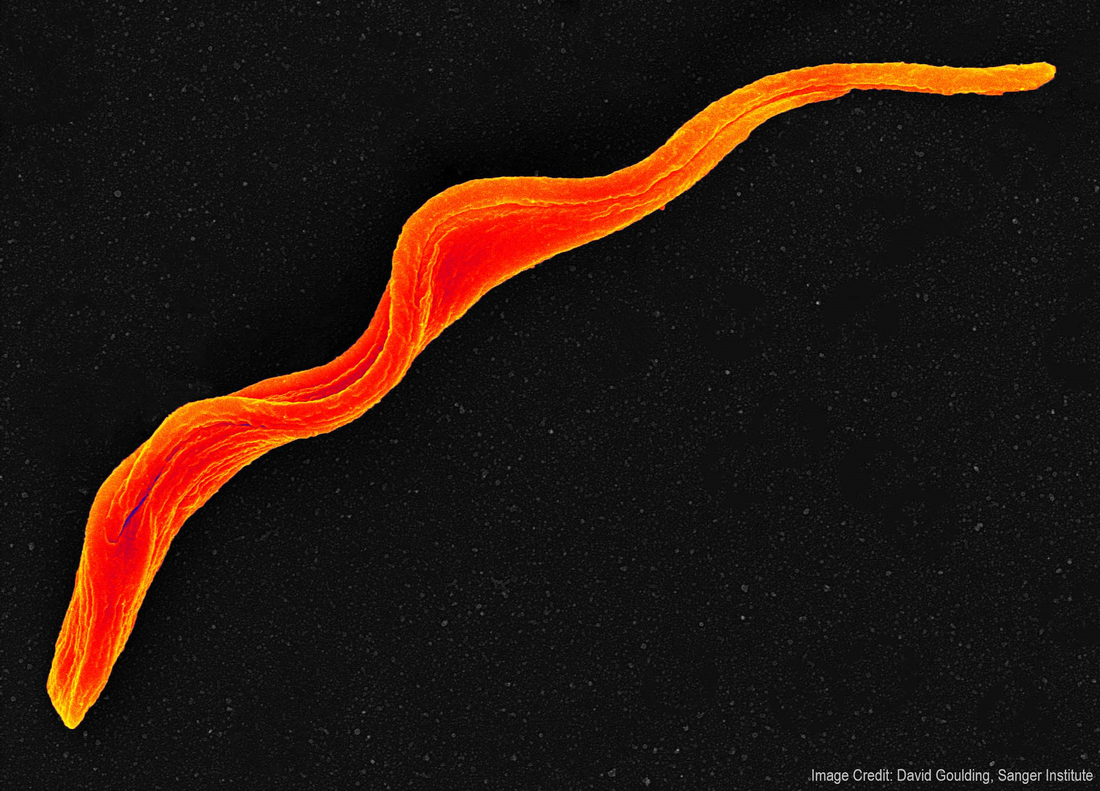Extracellular protein interaction screening technology
|
Many cellular communication events are triggered by direct interactions involving receptor proteins at the cell surface. These interactions are clinically useful because they can be manipulated by medicines such as therapeutic monoclonal antibodies. Detecting these extracellular interactions is difficult because membrane proteins are hard to solubilise and these interactions are often extremely transient, having half-lives of less than a second. We have invented methods to detect this class of interactions in a large-scale systematic way. This includes our original AVEXIS (AVidity-based EXtracellular Interaction Screening) technique which detects direct binding events between soluble recombinant proteins expressed in mammalian cells. This method is highly scalable and gives robust binding signals with a low false positive rate. We continue to develop and refine this general approach which now allows us to test tens of thousands of receptor interactions. We have also developed cell-based approaches based on loss and gain-of-function CRISPR technology to identify receptor interactions in the context of the plasma membrane on a genome-wide scale. |





